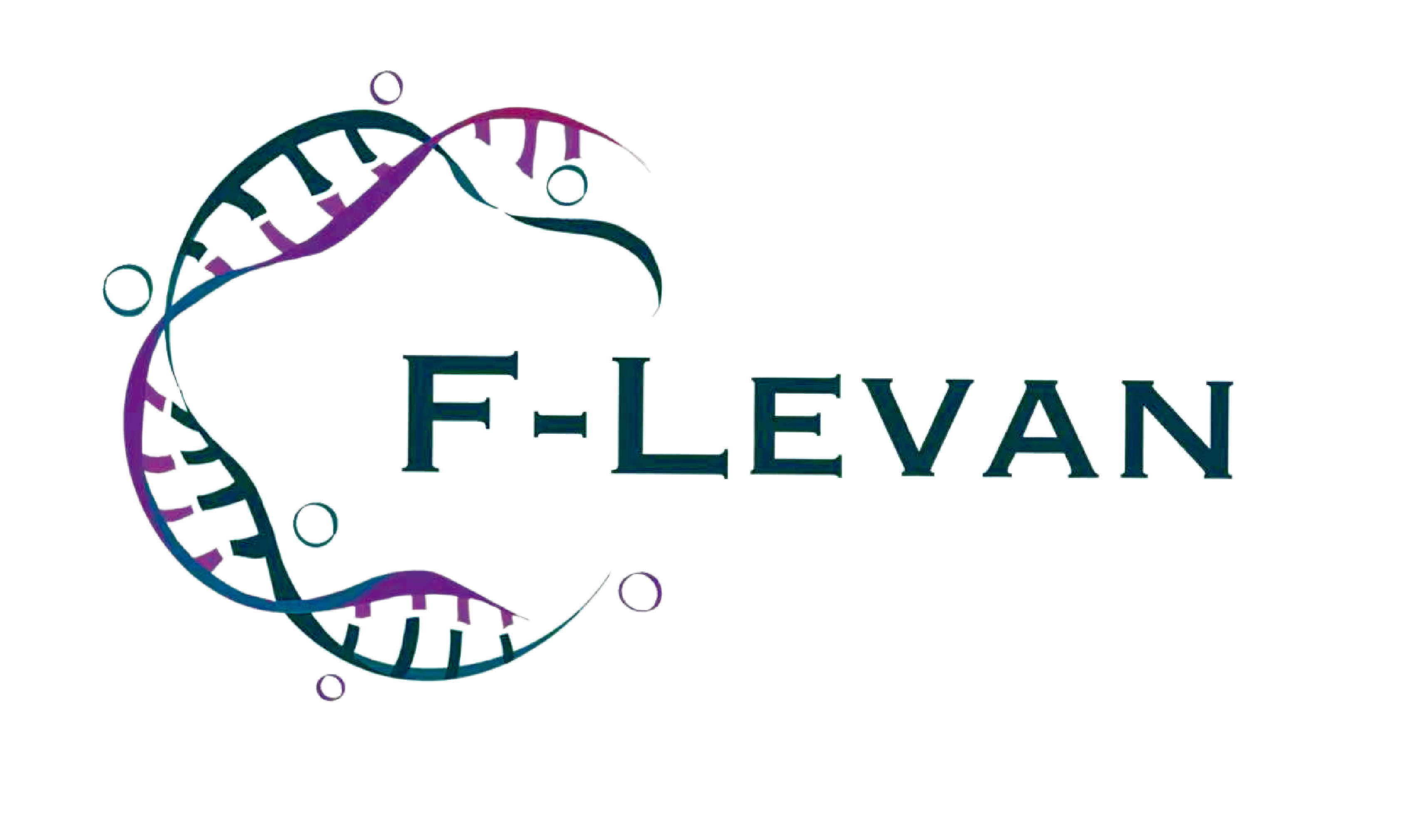
Levan, a prevalent polysaccharide, is primarily composed of
levulose. It boasts numerous advantageous properties, making it a staple in diverse industrial
applications, such as in foods, cosmetics, and pharmaceuticals [1]. We're intrigued by its potential
anticancer benefits. It's alarming that in 2020 alone, over 10 billion individuals succumbed to
cancer [2]. While studies have highlighted the anticancer properties of levan, its accurate
measurement challenges and inefficient screening methodologies have curtailed its potential for mass
production and broader everyday benefits. Our project sets forth with two primary objectives: 1)
enhancing the visibility of levan through fluorescence for more straightforward identification and
measurement, and 2) through a series of constructed plasmids, experimentally determine which
promoter optimally boosts levan's production efficiency.
Red fluorescent protein (RFP) is a versatile biological marker for
monitoring physiological processes and visualizing protein localization. That flash of red is like a
pilot light. Correlating fluorescence levels with levan yields not only accelerates the screening of
microbial variants that produce high yields of levan, but also makes its yield "visible". The
fluorescence of RFP and the red color visible to the naked eye turn colorless into color.
The poor efficiency and high cost of levan's detection and
production
are meaningful and urgent to be solved, due to the fact that levan is discovered with such good and wide
range of use in meditation and others that it shows a massive future market prospect, which have
mentioned above. So as to solve both of these issues, our team designed six plasmids.
In addition, the sucrose-decomposing sucrase gene sacB was selected. Gram-positive bacteria such as sacB from Bacillus subtilis were expressed in E.coli and may be lethal ; however, our sacB gene was derived from Zymomonas mobilis, and expressed in E.coli is not lethal because there is no signal peptide.
In the
constructing of the first and second plasmids, we added levan gene and its controlling gene into the
empty plasmid we are using: pUC19. During the construction of plasmid three and four, we added RFP gene
and its controlling gene into our plasmid via homologous recombination, which after these steps, the
levan fluoresced red that people can easily identify it by human eyes and also precisely by machines. In
an effort to increase productivity of levan even further, we keep on constructing the fifth and sixth
plasmids. We tested two different promoter
s
: plac and uv5 which liked the motor of levan and the
results showed
that the sixth plasmid exhibited an advance in productivity.
References
[1] Feng, J., Gu, Y., Quan, Y. et al. (2015). Recruiting a new strategy
to improve levan production in Bacillus amyloliquefaciens. Sci Rep 5, 13814
[2] Cancer - World Health Organization(WHO). (2020) the key facts about
cancer. (who.int )
[3] Yanase H , Fujimoto J , Maeda M ,et al.Expression of the Extracellular Levansucrase and Invertase Genes fromZymomonas mobilisinEscherichia coliCells[J].Bioscience, Biotechnology, and Biochemistry, 2014.DOI:10.1271/bbb.62.1802.

